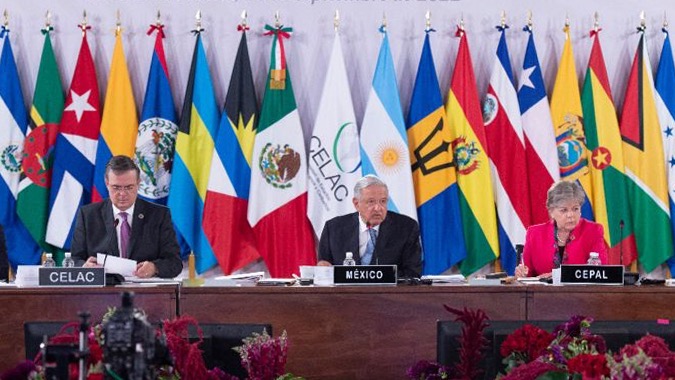Forging Safer Communities: A North American Approach to Public Safety Through Community Policing and Trust
Public safety in the Americas is a dynamic and multifaceted challenge, demanding innovative solutions tailored to the unique contexts of diverse communities. This article explores fifteen key strategies for building safer, more unified neighborhoods across North and South America, focusing on the powerful synergy between community policing and trust-building initiatives.
The foundation of effective public safety lies in a collaborative approach, moving beyond reactive law enforcement to proactive community engagement. This requires a paradigm shift towards building strong, lasting relationships between law enforcement agencies and the communities they serve. This shift recognizes that public safety is not solely the responsibility of law enforcement, but a shared responsibility demanding active participation from all community members.
- Understanding the Community Policing Model: Community policing transcends traditional policing methods. It centers on proactive partnerships, fostering collaboration between law enforcement and community stakeholders to address the root causes of crime and enhance public safety.
- Cultivating Trust: Trust is paramount. Building trust requires consistent, transparent communication, active listening to community concerns, and demonstrable accountability from law enforcement. Officers must actively engage with residents, fostering relationships built on mutual respect and understanding.
- Embracing Cultural Sensitivity: The diverse tapestry of North and South American communities demands culturally sensitive policing. Interactions must be respectful, inclusive, and cognizant of the unique cultural nuances and perspectives within each community.
- Strategic Partnerships: Effective community policing relies on robust collaborations. Law enforcement must actively partner with community organizations, local leaders, and residents to identify and address specific community challenges, leveraging the collective wisdom and resources of the community.
- Problem-Oriented Policing: Instead of merely responding to incidents, a proactive approach is essential. Problem-oriented policing focuses on identifying and addressing the underlying causes of crime, preventing future occurrences, and promoting long-term community well-being.
- Meaningful Community Engagement: Active community involvement is crucial. This necessitates creating platforms for open dialogue, involving residents in decision-making processes, and fostering civic participation at all levels.
- Investing in Officer Training: Comprehensive training is essential for equipping officers with the skills and cultural competency needed to effectively engage with diverse communities and address their specific challenges. Ongoing professional development should be a priority.
- Youth Engagement and Empowerment: Investing in youth is crucial for long-term community safety. Empowering young people through positive opportunities and meaningful participation in community initiatives fosters a sense of ownership and reduces the likelihood of future involvement in criminal activity.
- Restorative Justice Practices: Restorative justice focuses on repairing harm caused by crime, promoting accountability, and facilitating healing within the community. This approach fosters reconciliation and strengthens community bonds.
- Transparency and Information Sharing: Open communication builds trust. Regular updates on crime trends, public forums, and accessible communication channels ensure transparency and keep the community informed.
- Addressing Systemic Inequalities: Addressing systemic issues like poverty, inequality, and lack of access to resources is crucial for long-term crime prevention. A focus on social and economic justice creates a more equitable environment and reduces the likelihood of crime.
- Leveraging Technology: Innovative technologies, from predictive policing to community-based mobile apps, can enhance law enforcement effectiveness and improve communication and responsiveness to community needs.
- Continuous Evaluation and Adaptation: Regular program evaluation and feedback mechanisms are vital for ensuring effectiveness and adapting to changing community needs. Continuous improvement is essential for sustained success.
- Celebrating Achievements: Publicly recognizing and celebrating successes—whether reduced crime rates or enhanced community engagement—reinforces positive momentum and fosters a sense of shared accomplishment.
- Promoting Community Knowledge: Informed citizens are empowered citizens. Individuals should actively seek knowledge about contemporary issues in community and social development to contribute effectively to building a safer and more unified community.
In conclusion, community policing and trust-building are not merely strategies, but fundamental pillars for creating safer, more inclusive communities across North and South America. By fostering collaboration, prioritizing trust, and embracing innovative approaches, we can collectively work towards a future where public safety is a shared responsibility and a shared achievement. The active participation of every community member is essential in building strong, resilient, and unified neighborhoods. #CommunityPolicing #PublicSafety #TrustBuilding #SocialJustice #Americas



No comments yet. Be the first to share your thoughts!